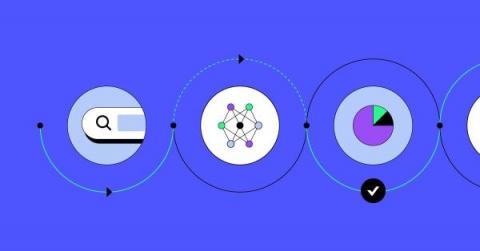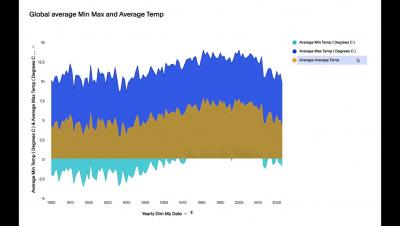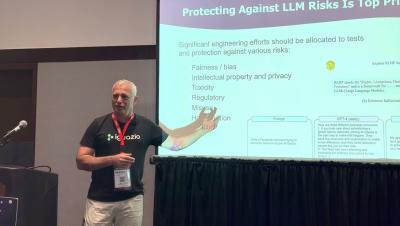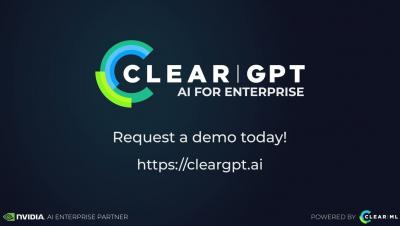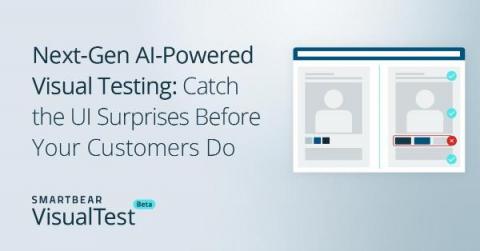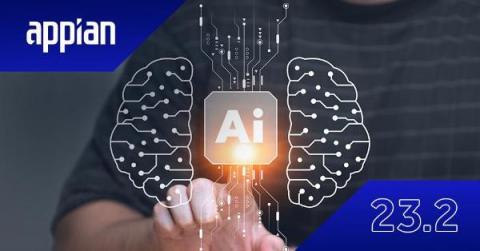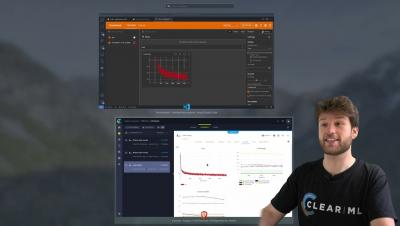Gartner Data & Analytics Summit: Building data fluency with AI-Powered Analytics
It’s that time of the year again! I’m still buzzing about this year’s Showfloor Showdown at Gartner Data & Analytics Summit in London, where I had the opportunity to showcase ThoughtSpot's AI-Powered Analytics. In the spirit of facilitating a side-by-side comparison, we were all invited to look at global flooding and weather station data, analyze the variables affecting these natural disasters, and present key findings to the crowd.


